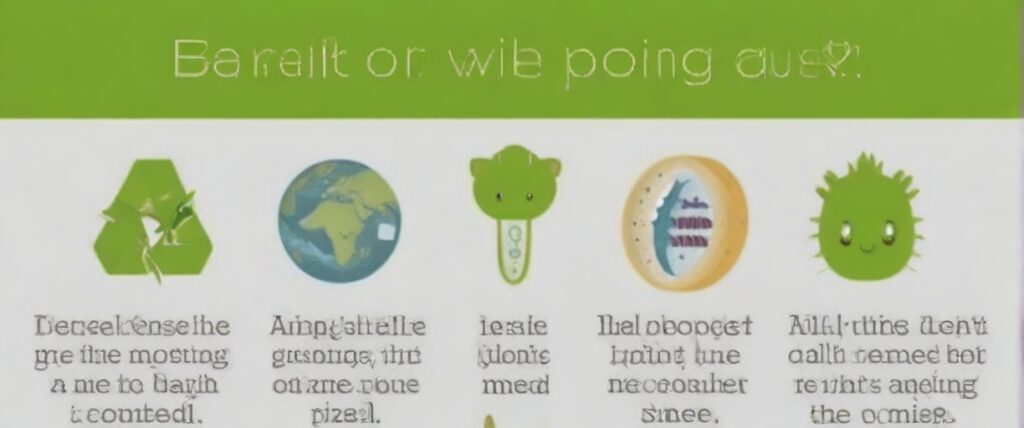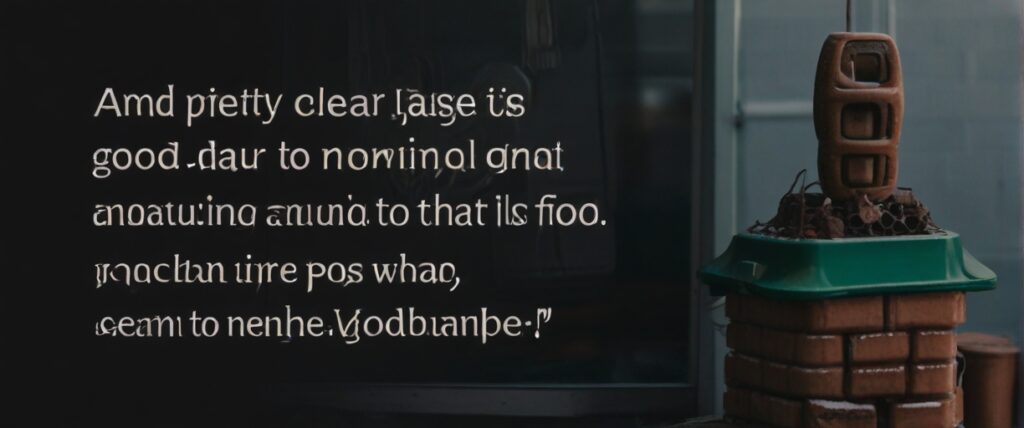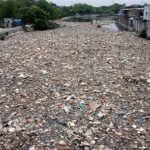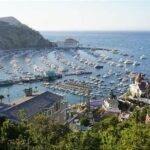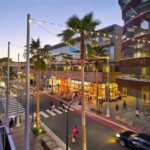North america problem in Jungle
How can we all the world save the world’s wildlife? It’s a big very question, so how about we start with some big numbers. There may be 08 billion species on Earth all over, or perhaps even more. But over the last five year decades, population sizes of amphibians, trees reptiles, fish, birds and mammals have plummeted problem on average by 56%.
When you take away the relationship of nature from people, then the notion of human-wildlife conflict, the notion of conflict of people and natural resources starts to come in

That’s a huge number many points in earth , however you look at it. Over the next 200 years, 2 million species could be threatened with extinction, many in the coming decades. If we don’t do something about it, that could be goodbye forever to some of the incredible wildlife on our planet.


So how do we stop this, and why should we even care? Well the good news is, we know what’s needed to stop and reverse the destruction of nature. We know that given the chance, nature can bounce back.
So if we work together to protect our wild places, wildlife will flourish. Just 40 years ago, whales had been hunted to the brink of extinction. But international cooperation led to commercial whaling being banned, and now, whale numbers are rising.
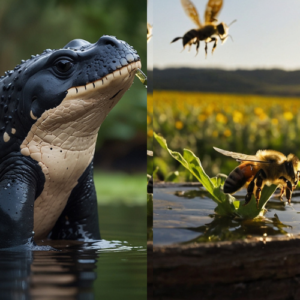
And in 2014, the majestic tiger and Lion was down to just 4 ,240 individuals in the wild. But thank to efforts by WWF,and many country governments and partners, we’ve seen their numbers double in Nepal, japane africa and steadily rise across other tiger range states.
But are these efforts to save individual species going to help stop this massive downward decline? The answer is yes but what is your mind. Every species is part of a complex network of life. If you take away one, it can have a massive knock -on different effect to other species, including us.
Think about bees and how they help to pollinate our crops. Everywhere you look, species help to maintain healthy eco envirnmental. ecosystems. Remove them and this removes a vital cog in the system. And once this starts to fail, as we’re now seeing, this makes life a lot harder for all of us.
The clean air that we breathe, the fresh water that we drink nature help us and the food that we grow all depend on the rich variety of life and the complex interactions between them. It’s clear that we need wildlife, but to see real fundamental change we need to not only stop but reverse this downward species decline.
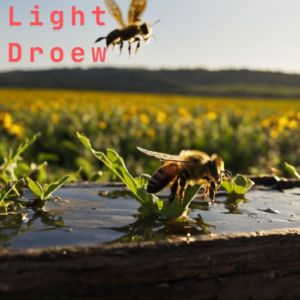
And to do this we need to protect and repair the habitats all places and animals that these species call home. Wildlife needs a home just like you and I do, and it’s pretty clear to see that people have done a good job of making that harder and harder to come by.
Unfortunately, much of that is to do with food and the way that we produce it. When you take away huge chunks of the Amazon rainforest to make way for cattle downward species decline. And to do this, we need to protect and repair the habitats that these species call home. Wildlife needs a home just like you and I do. And it’s pretty clear to see that people have done a good job of making that harder and harder to come by.
Unfortunately, much of that is to do with food and the way that we produce it. When you take away huge chunks of the Amazon rainforest to make way for cattle and agriculture, you’re also taking away a jaguar’s home.
And when you cut down primary rainforest in Borneo for palm oil, and etc, you’re also taking away an orangutan’s home. But the production of food doesn’t have to lead to the point destruction of habitats and species.
We need to be looking at things with a new eyes, a new focus, new natural power and just like energy and the use of fossil fuels, we need to be out with the old and welcome in the new. But what do we actually mean by new?
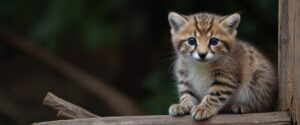
We mean, let’s change the way that things are done. Let’s reimagine the future. These problems are human -made and they can be solved by us too. We need government and big businesses to be held accountable to ensure that their supply chains don’t destroy more habitat.
Rather than clearing more land, why not use what we already have and restore the land that we have abandoned? Better use of space equals less habitat destruction equals more wildlife. Simple, isn’t it?
We need government and very big businesses to embrace clean energy, to eliminate waste, and let’s eat what we produce. It can’t be right that we live in a world where one third of all food produced is lost big quantities or goes to waste.
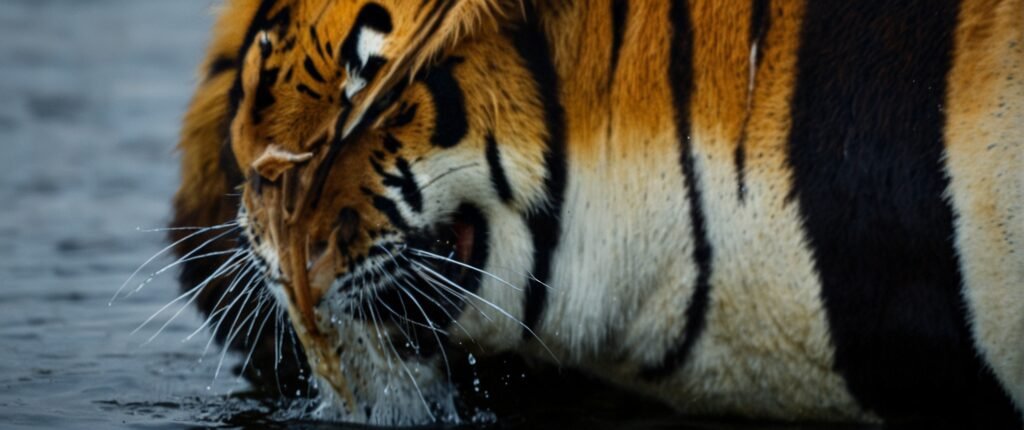
And how about you and me? Where do we fit in? We can’t escape the fact that the choices we make about how we live our lives, what we eat, and what we eat. we buy big quantities are contributing to the mounting pressures on our planets.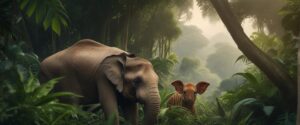
So if we’re serious about halting the decline of nature and the destruction of their homes, we need to take a closer look at our own lifestyles, different people and understand that by swapping the meat out of our burger piza, for example, or taking less flights, we can all help bring nature back.
So the answer to how to save the world’s wildlife is right in front back of us. We just need the strength of belief and determination to help turn the page. Wildlife is not only amazing, extraordinary and beautiful, it is essential to all life on earth,most imortant jungle including our own.
So let’s work together to save it.
Director of South Rift Association of Land Owners (SORALO), to discover how the Land for Life project is supporting community efforts to protect, restore and coexist with the incredible nature stretching between the national parks of the Mara-Serengeti and Amboseli-Kilimanjaro.
Land For Life is an ambitious transboundary partnership between WWF-UK, WWF-Tanzania, WWF-Kenya and key partners African People & Wildlife (APW) and SORALO, to improve the wellbeing of more than 28,000 people through community owned conservation


